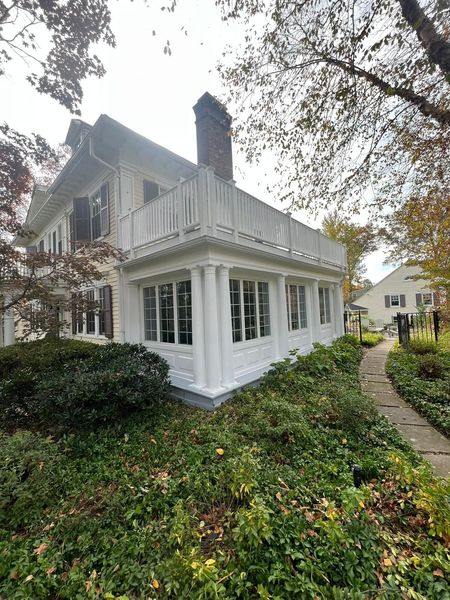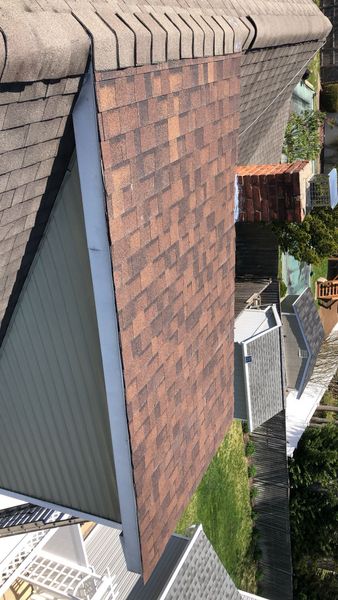Introduction: The Power of a Fresh Coat
When it comes to maintaining the aesthetic appeal of our homes, few things can make as significant an impact as a fresh coat of paint. Not only does painting protect your home from the elements, but it also allows you to express your personality and style. However, painting isn’t merely a task to check off your list; it's an art that requires careful consideration and planning.
Whether you’re gearing up for spring cleaning or just looking to give your home a new look, knowing how to approach seasonal house painting can keep your abode looking fresh year-round. In this article, we’ll dive into various aspects of house painting, including preparation tips, color choices, weather considerations, and much more.
Seasonal House Painting Tips to Keep Your Home Looking Fresh
Understanding Seasonal Timing for Painting
Choosing the right season for painting can dramatically influence the outcome of your project. Summer often seems like the best choice due to longer daylight hours; however, fall presents some unique advantages too. Here’s what you should consider:
- Spring: Ideal for exterior work—temperatures are moderate, and moisture levels are low. Summer: Great for quick drying times; however, high temperatures can cause paint to dry too fast. Autumn: Perfect for minor interior projects—cooler temperatures help in even drying. Winter: Not recommended for exterior work unless you live in a mild climate.
Preparing Your Home for Seasonal Painting
Preparation is half the battle when it comes to house painting. To ensure that every stroke counts:
Clean Surfaces: Dirt and grime can severely affect how paint adheres. Repair Any Damage: Fill holes or cracks with appropriate fillers. Sand Rough Edges: Smooth surfaces make for cleaner lines. Use Primer Where Necessary: Priming helps improve paint adhesion.Choosing the Right Color Scheme
Color doesn’t just influence mood; it enhances curb appeal and may even increase property value. Here’s how you can choose wisely:
Trendy vs Timeless Colors
While trendy colors may feel exciting now, timeless shades often hold their value longer. Neutral tones like whites or grays are versatile but don’t shy away from adding splashes of color through accents.
Color Psychology 101
Colors evoke feelings:
- Blue: Calming Yellow: Cheerful Green: Refreshing
Choose colors that resonate roofing contractors with what you want your home to convey.
Choosing High-Quality Paints
The type of paint you use plays a critical role in durability and appearance:
- Acrylic Paints: These are excellent for exterior walls as they resist fading. Water-based Paints: Great for interior projects because they have lower VOC levels.
How Weather Impacts Different Roof Types
Your roof type will also impact how often you should repaint or perform maintenance on it:

Signs Your Roof Needs Immediate Repair
Look out for these warning signs:
- Leaks inside your home Missing shingles Visible sagging
Don’t ignore these signs; they could lead to bigger headaches down the road!
Popular House Paint Colors and Finishes
Finding the right finish can elevate your chosen colors:
Matte Finish: Ideal for interiors as it hides imperfections but isn’t very washable. Satin Finish: Offers slight sheen while being easier to clean—great for high traffic areas.Always test samples on walls before making final decisions!
DIY Painting vs Hiring a Pro — Pros and Cons
You might wonder whether it's worth going DIY or hiring professionals:
DIY Painting
Pros:
- Cost-effective Personal satisfaction
Cons:
- Time-consuming Requires skill
Hiring Professionals
Pros:
- Expertise guarantees quality Saves time
Cons:
- Higher costs
Make sure you weigh these options based on budget and desired outcomes!
How Weather Affects Paint Durability
Weather has a profound effect on paint longevity:
- High humidity can prolong drying times leading to mold growth. Extreme temperatures may lead to cracking.
Always choose paints designed specifically for local climates!
Tips for Painting in High Humidity
If you're faced with high humidity conditions:
Opt for moisture-resistant paints. Schedule painting during cooler parts of the day.Best Practices for Two-Tone Paint Jobs
Two-tone designs can add depth:
Choose complementary colors. Use painter's tape carefully for crisp lines.FAQs
1. How often should I repaint my home’s exterior?
Typically, every five to seven years is recommended depending on weather exposure and paint quality.

2. What types of paint are best suited for kitchens?
Satin or semi-gloss finishes work best due to their washability.
3. Can I paint over water damage stains?
Yes! You must treat the area first with a stain-blocking primer before applying top coats.
4. What are low-VOC options?
Low-VOC paints contain fewer volatile organic compounds, making them safer for indoor air quality while still providing excellent coverage.
5. How do I prevent paint peeling?
Proper surface preparation is crucial—ensure surfaces are clean and dry before applying any new coats.
6. Are there specific colors that improve energy efficiency?
Light-colored paints reflect sunlight better than dark colors, which helps reduce cooling costs during hot seasons!
Conclusion
Seasonal house painting isn't just about aesthetics; it's about protecting your investment while creating an inviting atmosphere that reflects who you are as homeowners! By following these tips—from choosing the right time of year and preparing adequately—to selecting suitable materials and finishes, you'll be well-equipped roofing contractors to keep your home looking fresh all year long! So roll up those sleeves—your canvas awaits!
With this comprehensive guide on “Seasonal House Painting Tips to Keep Your Home Looking Fresh,” you're ready not just to tackle those walls but elevate them into something remarkable! Happy painting!